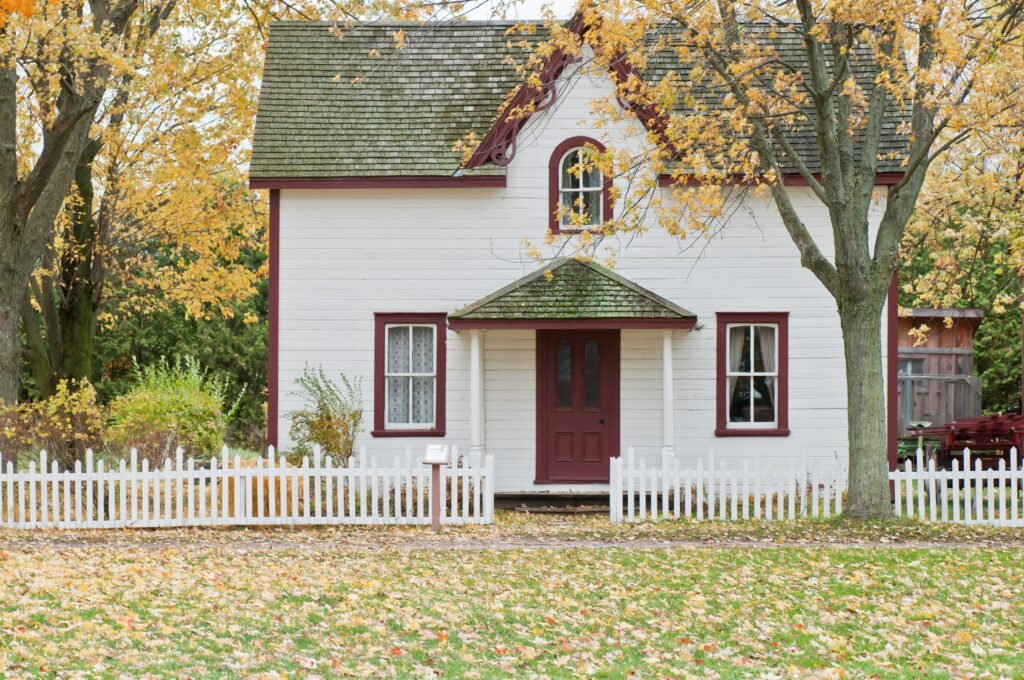In Bavaria, the idea of housing cooperatives has fallen on particularly fertile ground. There are over 350 housing cooperatives in the Free State – many smaller ones, but also some larger ones like these three: This article is based on the unique Top 300 Baugenossenschaften Deutschland – List of the largest German housing cooperatives.
-
Rated 5.00 out of 5€399,99 Incl. VAT
- Database of the largest municipal housing companies and housing cooperatives in Germany.
- Including: contact details, number of flats and commercial properties, new construction projects (yes/no), third-party management (yes/no)
- Perfect for lead generation and as an introduction to the sector of building cooperatives and housing associations
- Immediate download of the Excel file, unlimited validity
- Last update: 15.02.2021
Place 1: Baugenossenschaft des Landkreises Coburg eG, Coburg: 2,800 residential units (2020)
The Baugenossenschaft des Landkreises Coburg was founded in 1950 at almost the same time as the Wohnungsbaugesellschaft des Landkreises Coburg. Both companies are still legally separate, but form an economic-organizational unit. The difference lies primarily in the ownership. The cooperative belongs to its members, the housing association to the district. The housing stock – largely outside the city of Coburg – is jointly administered and managed. With 490 houses, 2,800 residential units and 6,500 residents, the corporate duo is the largest housing provider in the region.
Place 2: ST. BRUNO-WERK eG, Würzburg: 2,767 residential units (2020)
Founded in 1949, ST. BRUNO-WERK goes back to an initiative of the then Würzburg Bishop Julius Döpfner, who wanted to promote the creation of living space in view of the many war refugees and displaced persons in the Main city. The diocese supported the cooperative by providing hereditary building plots and loan funds. Building activity took place mainly in the 1950s and 1960s – not only in Würzburg, but also in the surrounding area. Since then, the ST.-BRUNO-WERK has largely restricted itself to the maintenance, modernisation and refurbishment of existing buildings.
Place 3: Wohnungsgenossenschaft Noris eG, Nuremberg: 2,506 residential units (2020)
The history of Wohnungsgenossenschaft Noris began in 1919 with the founding of a Nuremberg streetcar building cooperative. At that time, 170 streetcar workers got together, today the cooperative has almost 2,800 members – not only from the streetcar sector. Especially in the Weimar Republic and after the destruction of the Second World War, the housing cooperative developed a lively building activity. Today, it is largely limited to portfolio management and administration. The housing cooperative has almost 300 houses at 15 locations in the Nuremberg city area.
Image source: Unsplash




